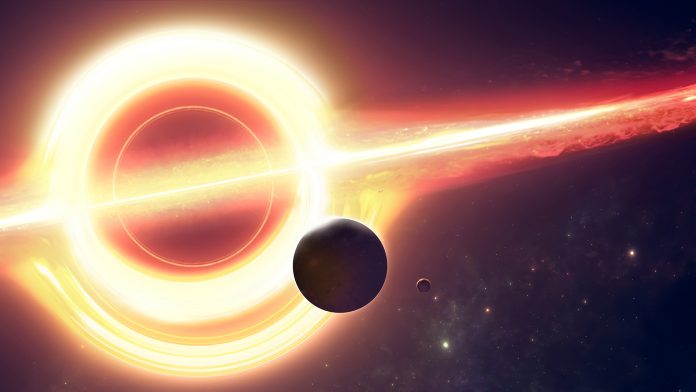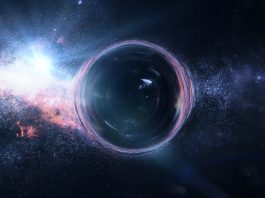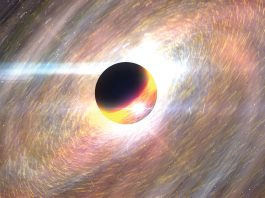Astronomers have identified the final moments of a dying Supermassive Black Hole by analysing a light echo 3,000-years-old.
The team, led by Kohei Ichikawa of the Tohuku University, has utilised the method of light echoing to observe the interstellar death of a Supermassive Black Hole – a star so gigantic that it suffers a gravitational collapse, with their mass being millions to billions of times that of our Sun.
Supermassive Black holes reside at the axis of galaxies, with their astronomical masses ranging between one million to ten billion solar masses; a proportion of Supermassive Black Holes being in a bright phase called active galactic nuclei.
It is well understood that active galactic nuclei – due to the mass limit of Supermassive Black Holes – will inevitably burn out, with scientists long hypothesising about how long this will take. Now, thanks to researchers from the Tohuku University, this hotly contested debate has seemingly come to an end, as their discovery of an active galactic nuclei signal from the Arp 187 galaxy has provided fresh insights.
By employing the use of the Atacama Large Millimetre/submillimetre Array (ALMA) and the Very Large Array (VLA), the team – by accident – stumbled upon a jet lobe which is indicative of active galactic nuclei, with this one being at the end of its life cycle.
The team identified that the nucleus was not emitting a signal, showing that the activity of the active galactic nuclei may be already silent, with its multi-wavelength data revealing that the small-scale active galactic nuclei indicators were silent, and its large-scale ones were bright. The reason for this being that it had been quenched over the previous 3,000-year period.
Upon its death, smaller features of active galactic nuclei become fainter as their photon supplies diminish; however, their large-scale ionised gas regions are still observable as the process of photons travelling to the edge of the region takes around 3,000 years.
Ichikawa, said: “We used the NASA NuSTAR X-ray satellite, the best tool to observe current active galactic nuclei activity; it enables non-detection, so we were able to discover that the nucleus is completely dead.”
From their investigation, the scientists have determined a 3,000-year time scale for active galactic nuclei to turn off, with its nucleus becoming 1,000 times fainter during the last 3,000 years.
“We will search for more dying active galactic nuclei using a similar method as this study. We will also obtain the high spatial resolution follow-up observations to investigate the gas inflows and outflows, which might clarify how the shutdown of active galactic nuclei activity has occurred, “commented Ichikawa.









